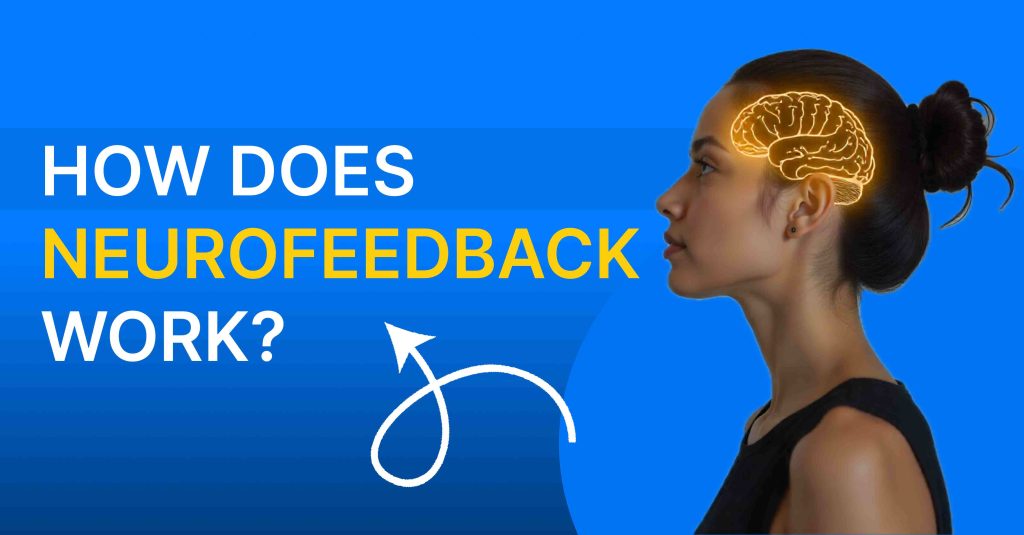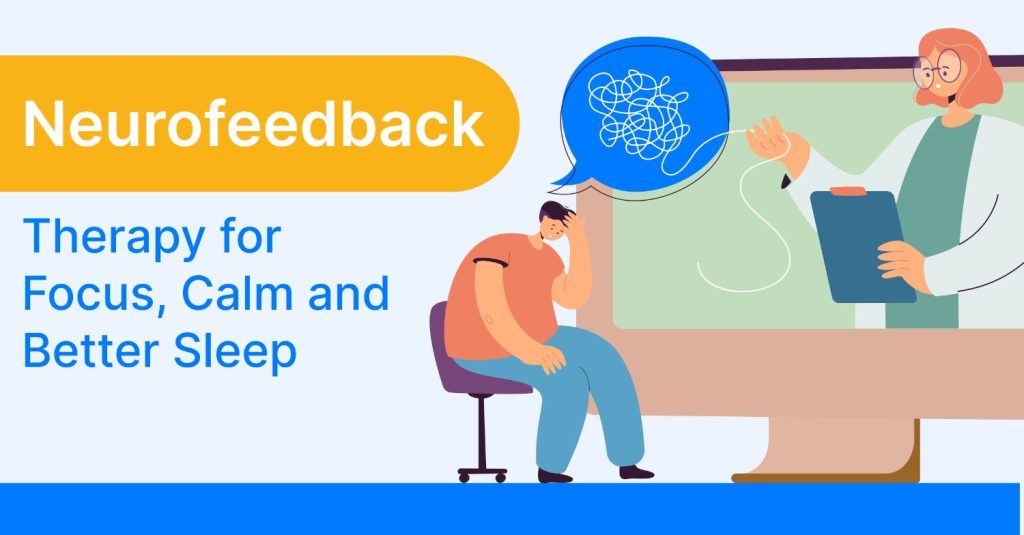PTSD (Post Traumatic Stress Disorder) is a type of anxiety disorder that is caused by a traumatic event. A person with PTSD has a tendency to relive the event and experiences emotions such as fear, irritability, isolation, and insomnia. The traumatic can be of varying nature such as a dog bite, an accident, war, sexual abuse, child abuse, so on and so forth.
The symptoms of PTSD include:
Intrusion symptoms
- Recurrent, involuntary, and intrusive memories of the traumatic event
- Recurrent distressing dreams about the event
- Flashbacks of the event or feeling like you are reliving it
- Getting emotionally triggered by experiences that remind you of the event
Avoidance of stimuli
- Avoidance of or efforts to avoid distressing memories, thoughts, or feelings about or closely associated with the traumatic event
- Avoidance of places or people that remind a person of the traumatic event.
Mood instability
- Inability to remember important details and aspects of the traumatic event
- Negative feelings about oneself including self-loathing, criticism, blame and hate.
- Experiencing irritability, anger, guilt, shame, and fear
- Not enjoying the activities you once loved
- Feeling detached from situations, people, and even oneself
- Not being able to experience positive emotions
Alterations in arousal and reactivity
- Angry outbursts, sometimes physical in nature
- Reckless or self-destructive behaviour
- Getting startled easily
- Hypervigilance
- Sleep issues
- Trouble concentrating
PTSD not only changes the way you react but also alters the biology of your body.
Trauma affects a person’s sense and stability at the core level and activates the amygdala. This region is part of the limbic system, a deeper and more primitive part of the brain that primarily responds to signals about fear and safety. Memories are stored here as living experiences involving feelings as well as physical sensations.
When a traumatic event occurs, the amygdala alerts the hypothalamus, a region of the brain that is responsible for coordinating the body’s stress response by producing hormones like cortisol. In addition to this process, the autonomic nervous system, which controls our body’s involuntary functions, enters the fight-or-flight mode. As a result, one experiences a faster heart rate, shallow breath, and the inability to process things with a clear mind. Therefore this way trauma can alter the body’s biology.
The amygdala can latch on to the physical memory of a traumatic event, even though it has occurred in the past. As a result, our bodies can get stuck in the fight-or-flight mode, leaving behind higher levels of cortisol and symptoms of hyperarousal.
In order to heal trauma, it’s crucial to target the deeper parts of the brain that experience and store traumatic memories. Hence, talk therapy is not enough as it only works at the prefrontal cortex area of the brain which is responsible for planning, learning, and organizing. To get to the core of the trauma, Neurofeedback therapy comes into play.
What is Neurofeedback?

Neurofeedback is a technology used for training the brain. It is a non-invasive training program that addresses the source of your unwanted health symptoms which is an imbalance in brain waves.
Our brain works best when there is an optimum mix of slow-moving and fast-moving brainwaves. Neurofeedback creates this balance. It works on the brain’s ability to autocorrect itself.
Neurofeedback simply monitors the brainwaves and provides feedback to the brain moment to moment. Based on this feedback the brain regulates and balances itself.
There are multiple protocols or methods of providing feedback for your brainwaves. This may include a game or puzzle, audio or watching a video.
Neurofeedback differs from medicine in that it treats the issue at its core, whereas medicines can only alleviate symptoms for as long as they are in your system simply by masking the initial problem.
How Neurofeedback helps heal PTSD
Trauma-focused Neurofeedback aims to help shift people from the state of hyper-arousal to a calmer one so that they can feel safe and go about their daily life without experiencing fear.
The types of Neurofeedback therapy that can help heal PTSD
There are different kinds of brainwave training that can provide relief to patients suffering from trauma. These include:
ILF (Infra-Low-Frequency)
This form of Neurofeedback involves training the brain with the slowest brainwaves to regulate the organ’s stress response. ILF needs to be regulated properly or else it can cause the brain to get triggered easily by the smallest of incidents. However, you need not worry about this as Neurofeedback is a therapy handled by expert practitioners, much like how trained doctors treat you when you are unwell.
The goal of ILF training is to make the patient enter a less aroused and calmer state of mind. Patients usually express feeling relaxed and peaceful after ILF sessions and can even experience physical changes such as change in heart rate, and skin temperature after feeling calmer.
Alpha-Theta
This training facilitates activity in the alpha and theta brainwaves, both responsible for inducing introspection as well as relaxation. After this training, patients can enter a deep state between wakefulness and sleep. This state encourages people to process situations with a fresh and healthy perspective.
Neurofeedback is a clinically proven, US-FDA-approved, and NASA-inspired brain training technology that is safe, painless, and non-invasive. To book your first consultation session, mail us at info@wetrainbrains.com or call us at +91 9373901551. To learn more about this technology, visit our main page wetrainbrains.com.





